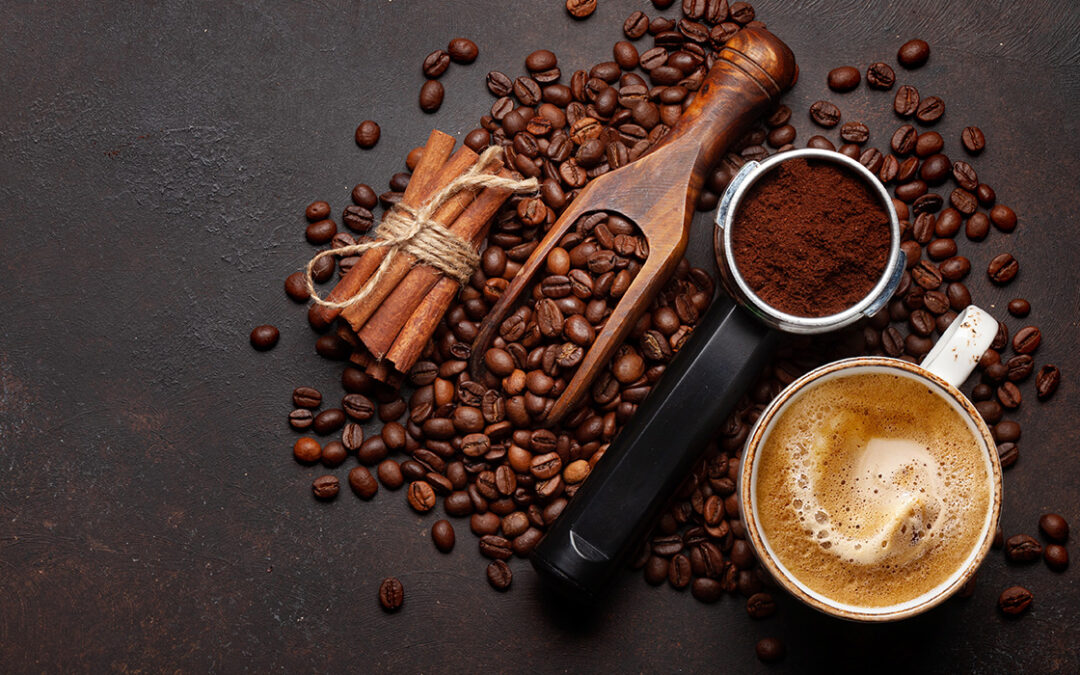
by Satzuma-Creative | Nov 1, 2024 | Diet, Nutrition
Indian cuisine is known for its vibrant spices, fresh herbs, and wide variety of rich flavours. Though diets and preferences vary throughout India, most people follow a primarily plant-based diet. Around 80% of the Indian population practices Hinduism, a religion that...

by Satzuma-Creative | Oct 1, 2024 | Nutrition
The Mediterranean diet is based on the traditional foods that people used to eat in countries like Italy and Greece. Researchers noted that the people were exceptionally healthy compared to Americans and had a risk of an increasing number of lifestyle diseases....

by Satzuma-Creative | Oct 1, 2024 | Nutrition
CAFFEINE – THE GOOD, THE BAD, THE TRUTH! Health experts are often asked about caffeine. Is caffeine good for you? Bad for you? Should you drink coffee / tea? Recently, a Scientific Advisory Board met to discuss the latest scientific literature on coffee and tea. THE...

by Satzuma-Creative | Sep 1, 2024 | Nutrition
The Juice Diet The juice diet, also known as a juice cleanse, is extremely popular for weight loss, especially among celebrities. But does juicing work? Juice diet plans that include complicated blends of vegetables and different varieties of fruits and vitamin...

by Satzuma-Creative | Sep 1, 2024 | Nutrition
WHAT CAN VITAMINS DO FOR YOU? 1. SUPPORT IMMUNITY Good nutrition makes for a durable immune system. Your immune system relies on what you put into your body, and certain nutrients are known for their immune-supporting benefits. Vitamin C is considered one of the...





